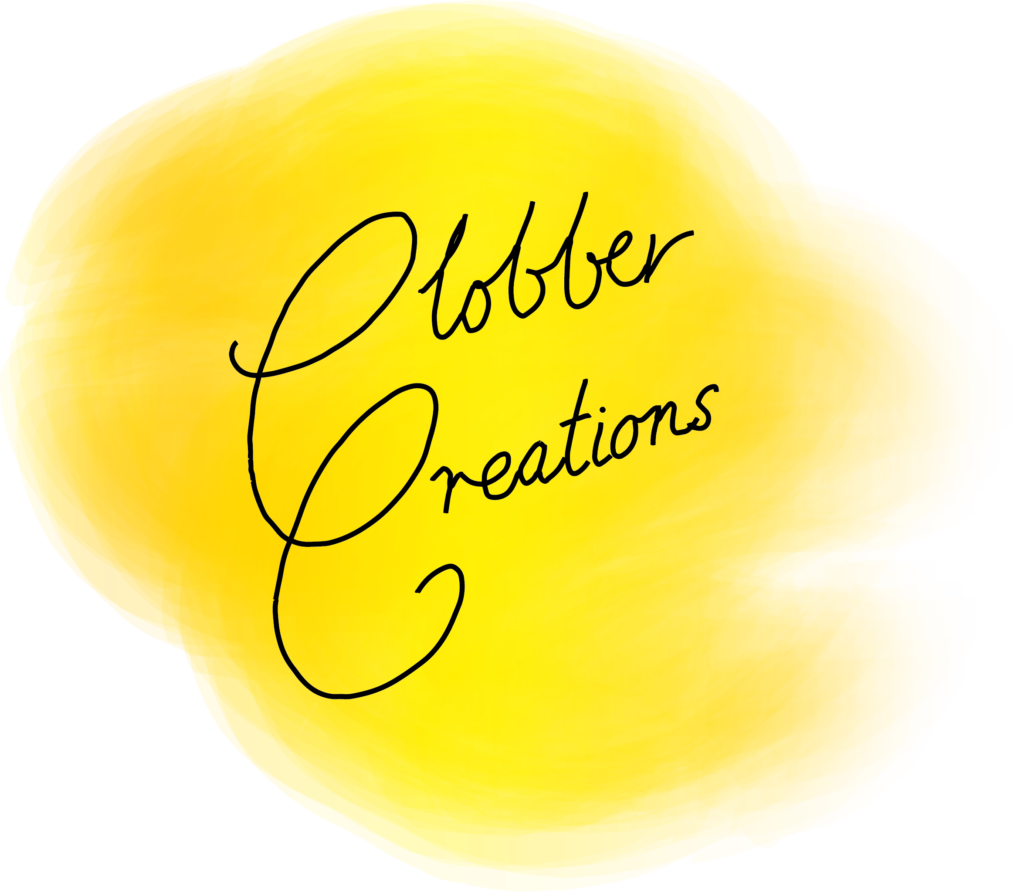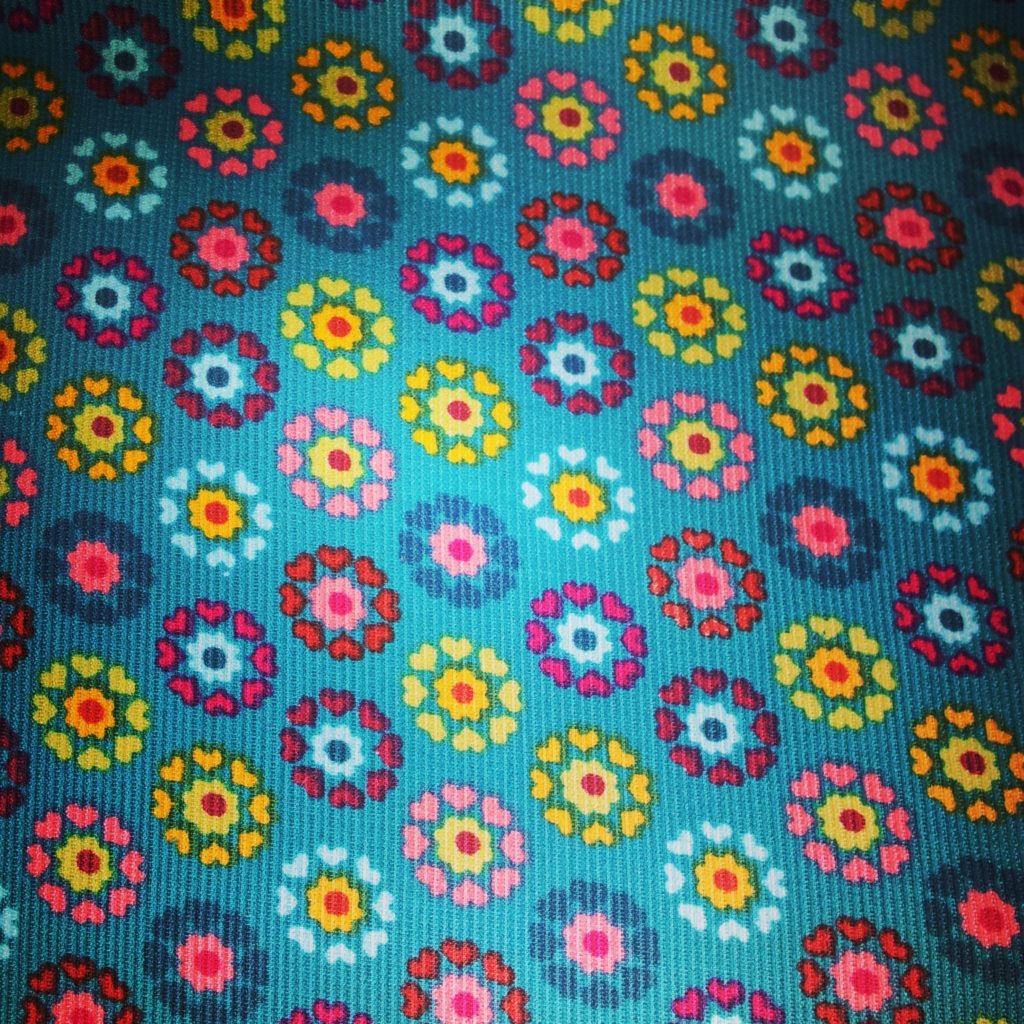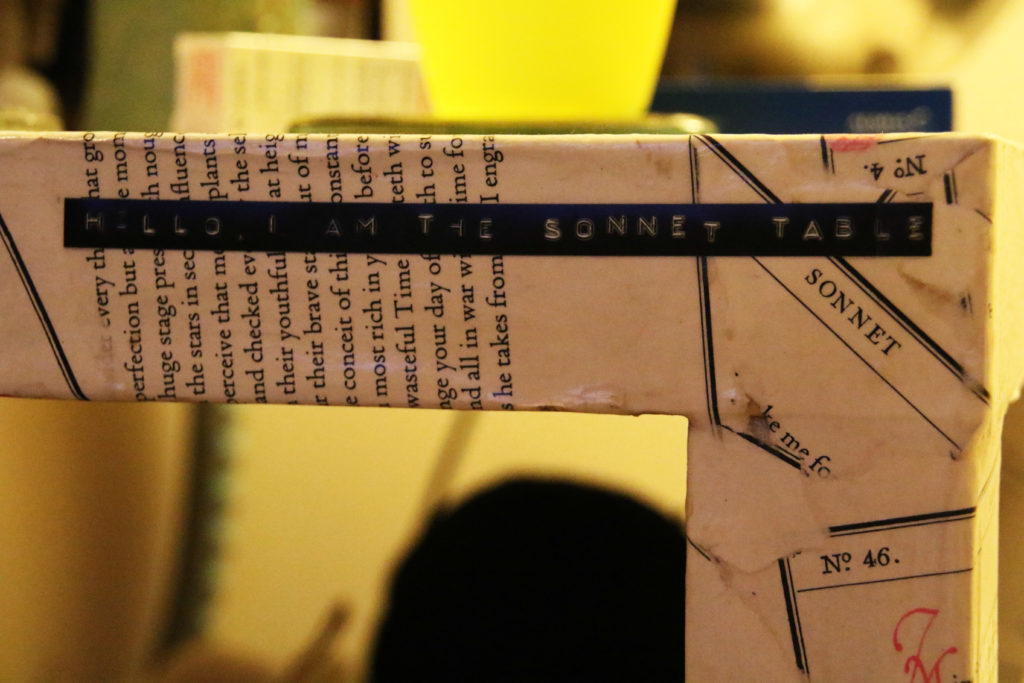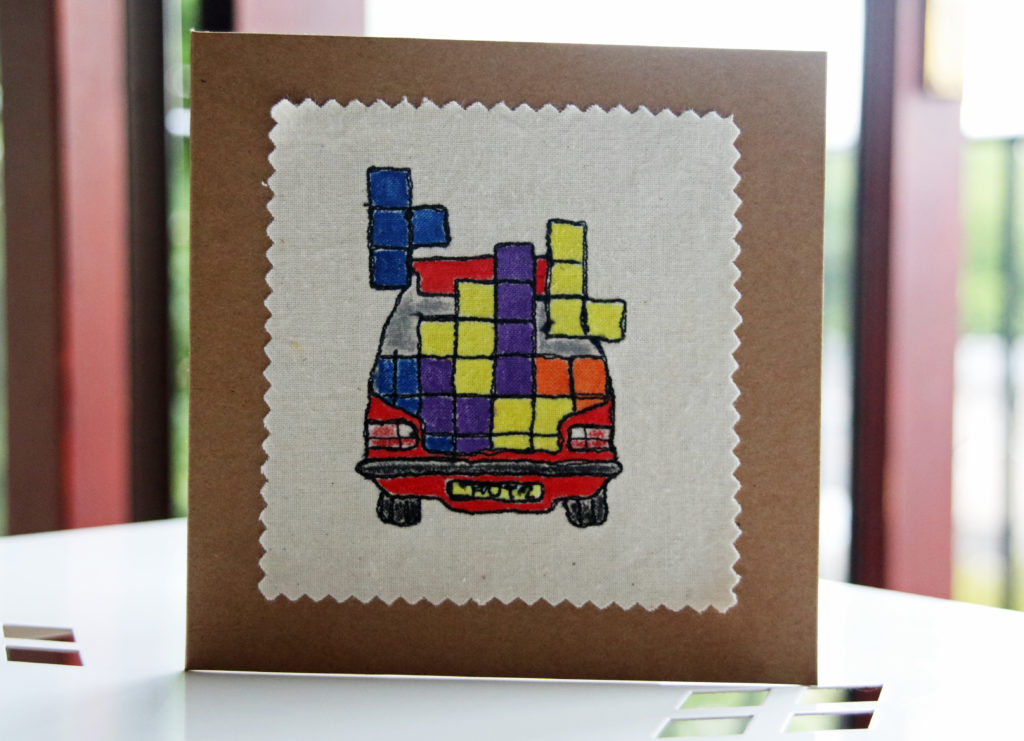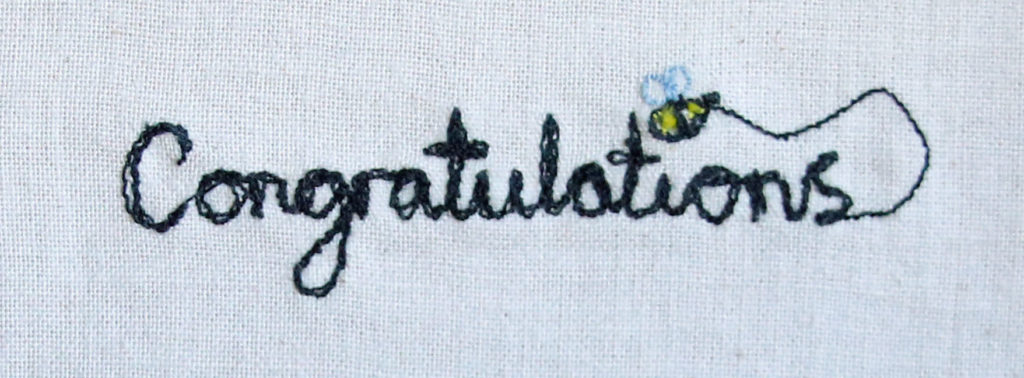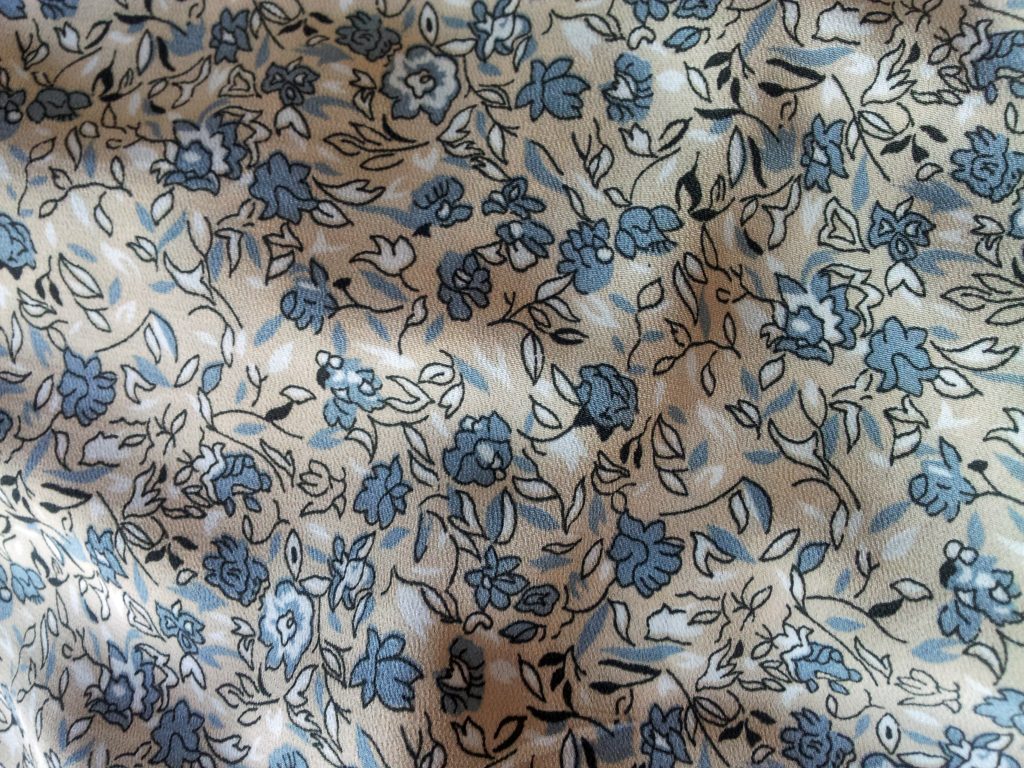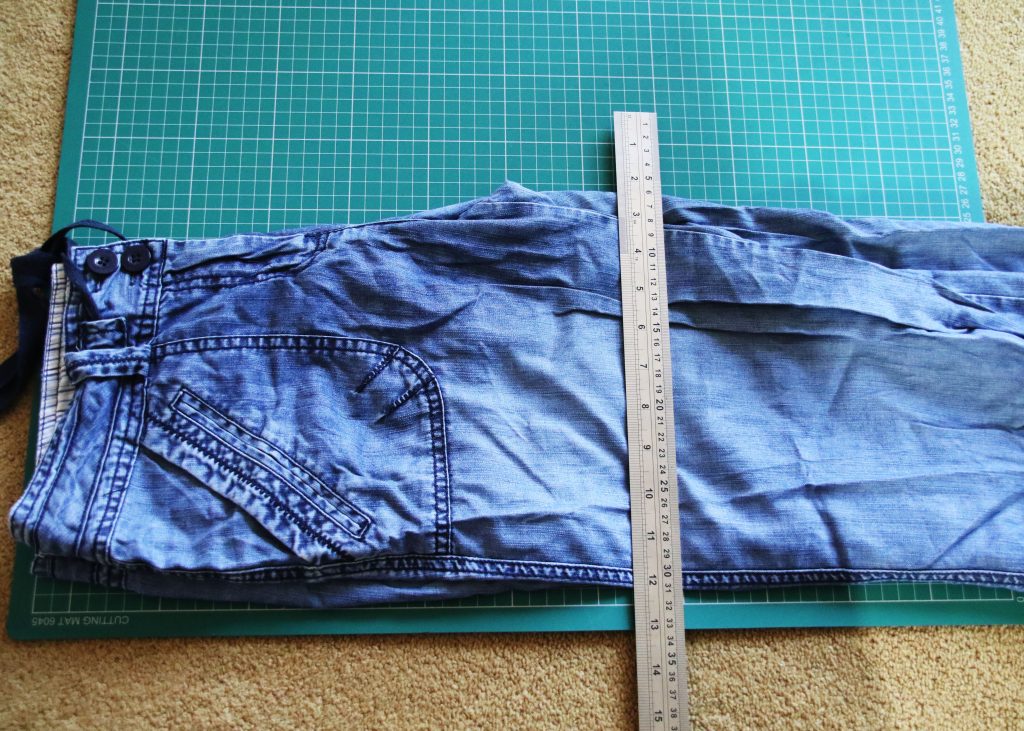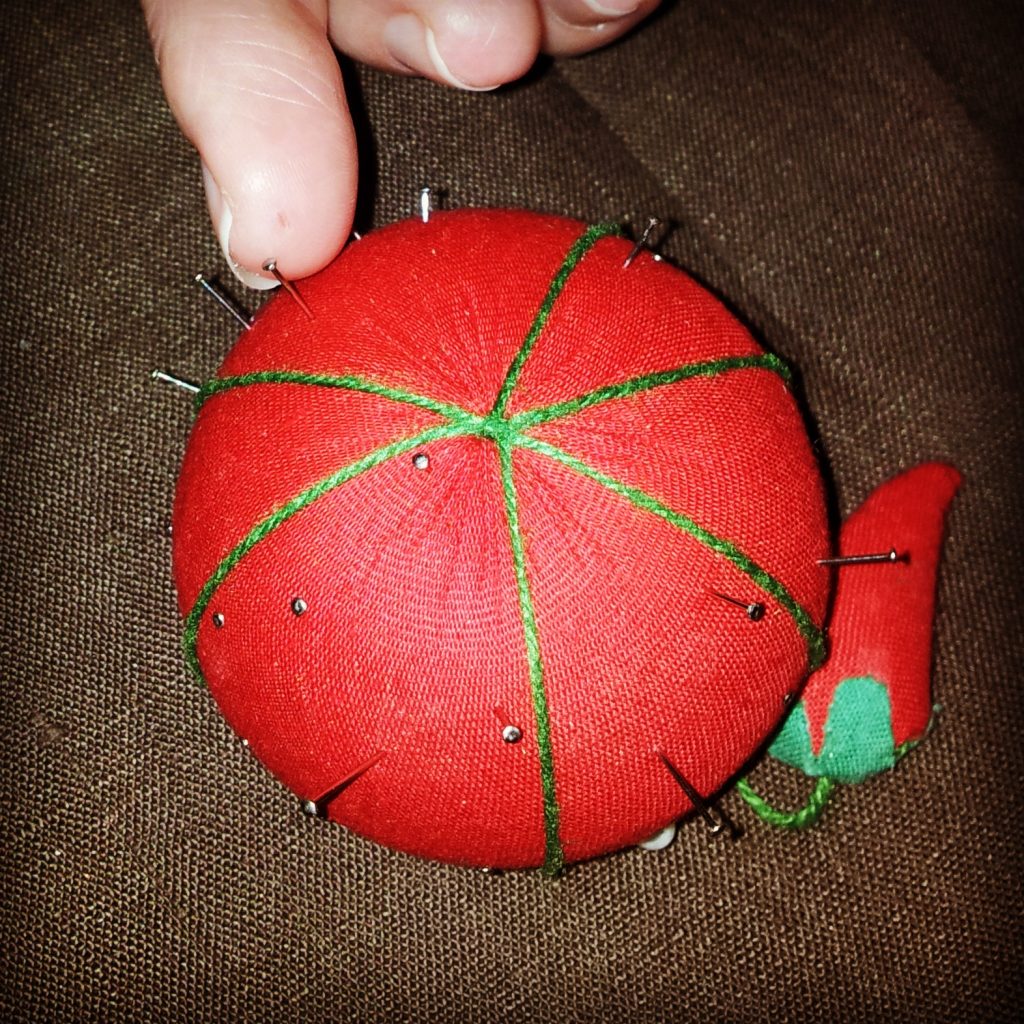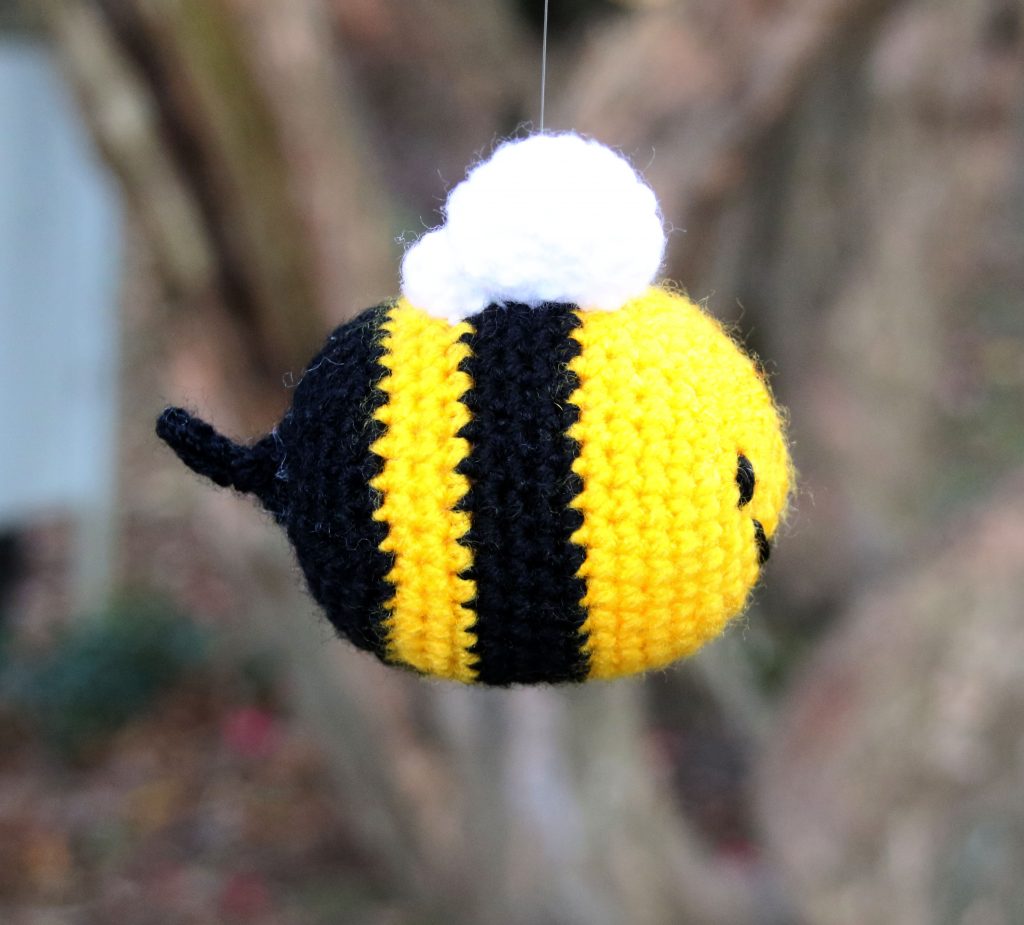The stitching, sewing and hobbycrafts show!
Last Saturday, I went to the stitching, sewing and hobbycrafts show at Westpoint, Exeter, UK! My friend and I went as part of a day coach trip to avoid the prospect of driving. Unfortunately, the pick up point was not in our town, so we had to get a lift to Truro. When we arrived, there was a queue which wandered around the building! Once in, we decided to dive into the middle aisle which seemed quieter as others opted to choose to tackle the show from one end to the other. The first fabric shop we saw was Fabrcis Galore, which contained an array of wonderful fabrics. After deliberation, i went back later to buy some printed corduroy, which will be perfect for a project I have in mind to make after all the Christmas gifts are made (so probably January)! Also I picked up a lovely polar bear print from another fabric shop, which will be used in a gift I need to make very soon (currently being prewashed so no photo)! My very first purchase was this fleece. As the nights draw in, I think I will turn to practising spinning with my drop spindle once more, and I like to pick up small amounts of fleece for this purpose. I'm not a fast spinner, so this bag is a suitable size. We managed to sign up to a wonderful glass workshop with The Glass Garden Studio where we learned the basics in stained glass construction. I took home this angel that I made. Tactile Treasures was another stall I was particularly interested in. Now I have a niece, I am interested in making toys which will be perfect for her learning and development. this stall sold all sorts of attachments which are teething friendly and different stitchable surfaces, such as this mirror, which can be cut, stuck and appliqued onto items. I bought some rattle inserts too which will be great to use, and received excellent tips from the owners of the business on ensuring that the toys you make a safe and meet safety standards. I came across an air erasable pen, which is something I have been looking out for having read about them. I've been having a bit of trouble with water erasable pens, which have at times caused the thread to run onto the background fabric. I'm not sure they this has happened as the thread should be colour fast, but I am intrigued to find out whether the use of an air erasable pen would be safer. I plan to review this in the coming month. The block printing stall from The Arty Crafty place was lovely as well. When we finally managed to get up to the front and admire the blocks, we were very tempted with their £30 starter pack. However, I decided to select a couple of small blocks. They were packaged in a beautiful drawstring bag. We also found some simple leaf shapes for £1 on another stall, which we…
